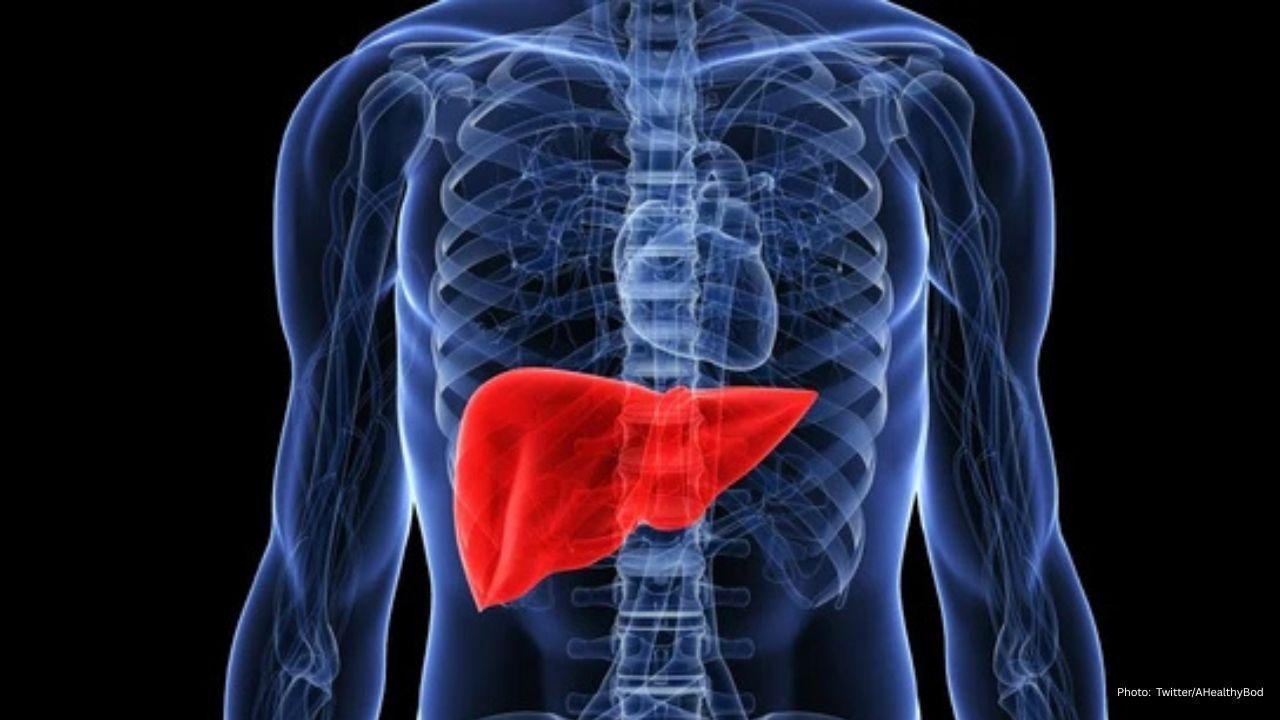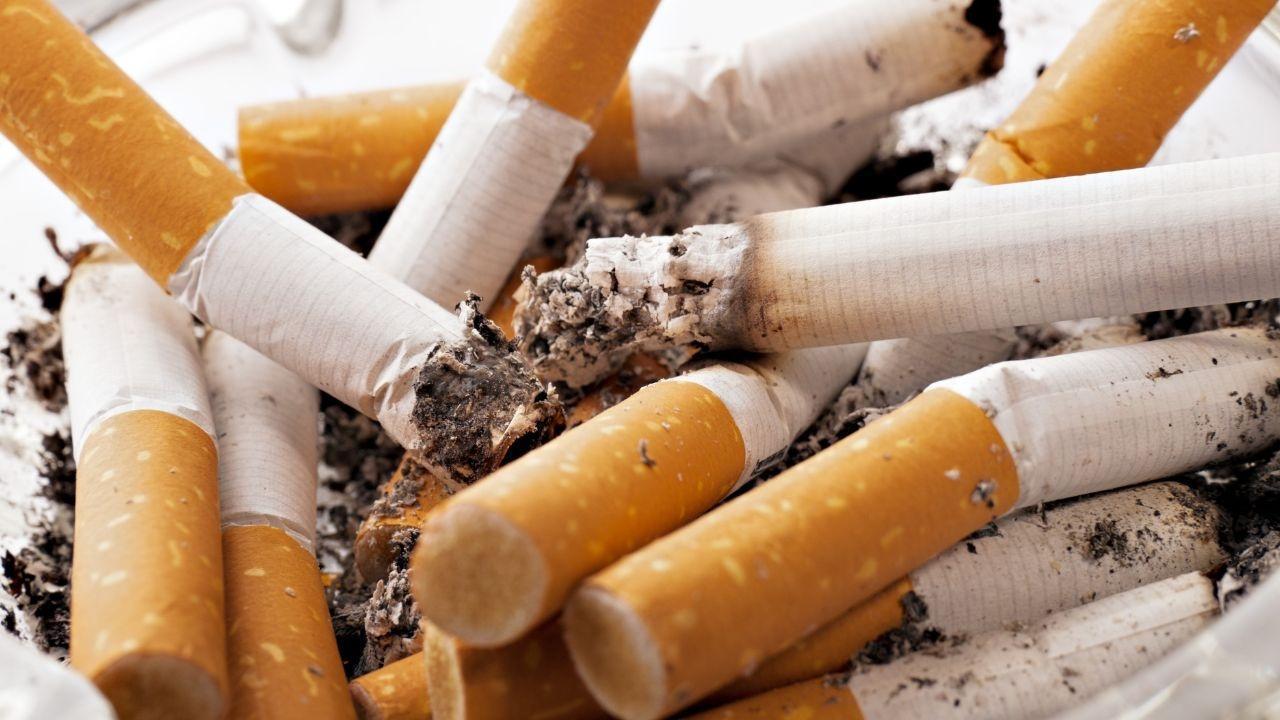
Join 10k+ people to get notified about new posts, news and tips.
Do not worry we don't spam!

Post by : Saif Rahman
Fatty liver is increasingly common amid poor diets, stress and sedentary lifestyles, and many people remain unaware until the condition advances. Dr. Brijmohan Arora, a senior diabetologist in Dwarka with 24 years' experience, says a number of external signs can raise suspicion of fatty liver and emerging insulin resistance even before blood tests are done.
In an Instagram clip, Dr. Arora described a patient who refused blood work but wanted to assess liver health. He explained that careful observation of certain physical features can provide an early warning that the liver or metabolism may be affected.
One prominent indicator is a hard, protruding belly—visceral fat that accumulates deep around internal organs. A firm, distended abdomen can be a practical clue that fat is depositing inside the liver.
Skin tags—small, soft growths often seen on the neck or under the arms—are another common marker. Dr. Arora notes these are frequently associated with insulin resistance, a metabolic change that can lead to diabetes and fatty liver disease.
He also highlighted reddish or purplish lines on the lower legs, particularly around the ankles, which may reflect vascular strain and correlate with underlying metabolic dysfunction and insulin issues.
A rounded, puffy face with diminished cheekbone definition can be a further outward sign. When the face appears bloated or softer, it may indicate fat accumulation affecting the liver.
Elevated blood pressure—readings above roughly 140–150 mmHg—was described as an important clinical clue. High blood pressure commonly coexists with insulin resistance, sometimes before diabetes is formally diagnosed.
Dr. Arora warned that fatty liver and insulin resistance often reinforce one another: excess liver fat worsens insulin sensitivity, and impaired insulin action promotes further hepatic fat storage. Left unchecked, this cycle can progress to inflammatory liver disease such as NASH and long-term damage.
While these outward signs can help flag risk, the doctor emphasised that laboratory tests and medical evaluations remain essential for diagnosis. Physical clues should prompt lifestyle changes and professional assessment rather than replace clinical testing.
To lower the chance of fatty liver, he advised reducing sugary and processed foods, cutting junk food, staying physically active, prioritising sleep and stress management, drinking adequate water and adding natural fibre to meals to support liver function.
When identified early, fatty liver can often be reversed through sustainable changes. Small, consistent adjustments and timely medical guidance are key to preventing progression.
The message is straightforward: our bodies show early signals of internal imbalance—paying attention and acting promptly can make a meaningful difference.










Paramount+ to Stream PBR’s 'Unleash the Beast' in New Five-Year Deal
Paramount+ will stream PBR’s 'Unleash the Beast' across the U.S. starting this December under a five

Zohran Mamdani Clinches NYC Mayoral Seat as Victory Speech Blends Politics and Bollywood
Zohran Mamdani won New York City's mayoral race, becoming the city's first Muslim and South Asian ma

India Wins First Women’s World Cup 2025 Title
India lifts its maiden Women’s World Cup 2025 title! Harmanpreet Kaur’s team stuns South Africa in a

Manuel Frederick, 1972 Olympic Bronze Goalkeeper, Dies at 78
Manuel Frederick, a member of India’s 1972 Olympic bronze hockey team, has died in Bengaluru at 78 a

Muhammad Hamza Raja Wins IFBB Pro Card Puts Pakistan & UAE on Global Stage
Pakistani bodybuilder Muhammad Hamza Raja earns IFBB Pro Card in Czech Republic, showcasing Dubai’s

Shreyas Iyer’s Recovery Underway After Spleen Laceration in Sydney ODI
Shreyas Iyer is recovering after a spleen laceration sustained while taking a catch in the Sydney OD